COVID-19 or the Coronavirus Disease 2019 is caused by SARS-CoV-2 virus, the genome of which is a single-stranded positive sense RNA that is about 30,000 bases long. It contains 11 genes and several regions have been known to be immunogenic, including different parts of the Spike (S) protein, the Nucleocapsid (N) protein, as well as the Membrane (M) and Envelope (E) proteins, which have therefore been targeted for vaccine development.

Artificial Intelligence-Assisted Loop Mediated Isothermal Amplification (ai-LAMP) for Rapid and Reliable Detection of SARS-CoV-2
Until vaccines and effective therapeutics become available, the practical way to transit safely out of the current lockdown may include the implementation of an effective testing, tracing and tracking system. However, this requires a reliable and clinically validated diagnostic platform for the sensitive and specific identification of SARS-CoV-2.
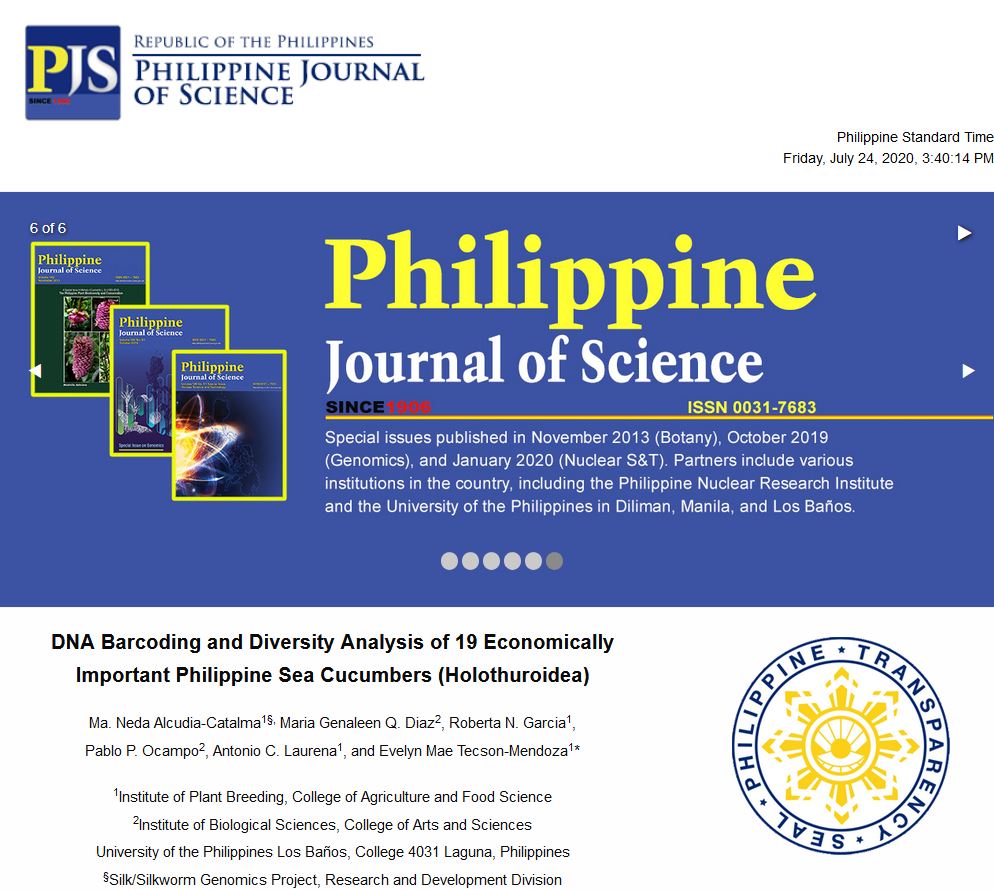
DNA Barcoding and Diversity Analysis of 19 Economically Important Philippine Sea Cucumbers (Holothuroidea)
This study established the DNA barcodes of 19 economically important Philippine sea cucumbers belonging to Class Holothuroidea under Phylum Echinodermata using the cytochrome c oxidase I (COI) gene.
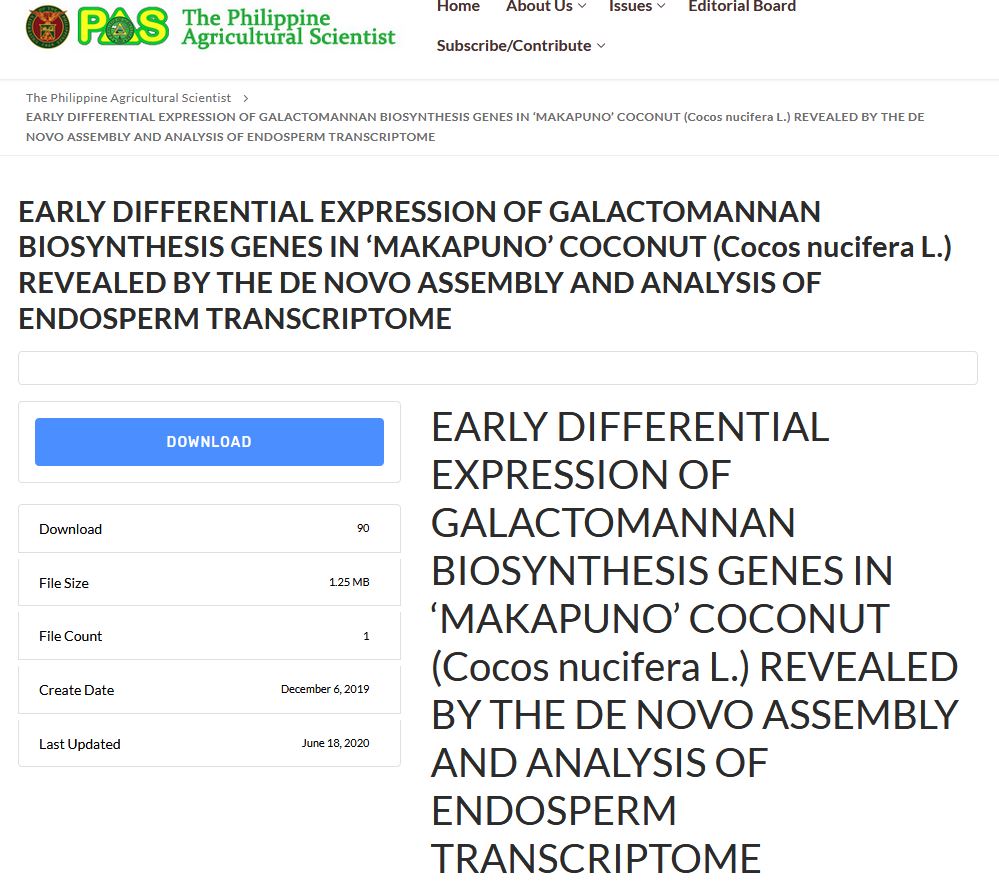
Early Differential Expression of Galactomannan Biosynthesis Genes in ‘Makapuno’ Coconut (Cocos nucifera L.) revealed by the De Novo Assembly and Analysis of Endosperm Transcriptome
Makapuno is a coconut cultivar with a naturally overproliferating solid endosperm almost filling the nut cavity. At 6-7 months after pollination (MAP), makapuno solid endosperm is phenotypically indistinguishable from the normal type Laguna Tall while at 8-9 MAP makapuno starts to soften and thicken in contrast to the hard and compact appearance of the normal. Here, the expression profiles of 6-7 and 8-9 MAP de novo assembled RNA Sequencing (RNA-Seq) transcriptomes of normal and makapuno were analyzed, and corresponding stages were compared to determine the differentially expressed genes (DEGs).
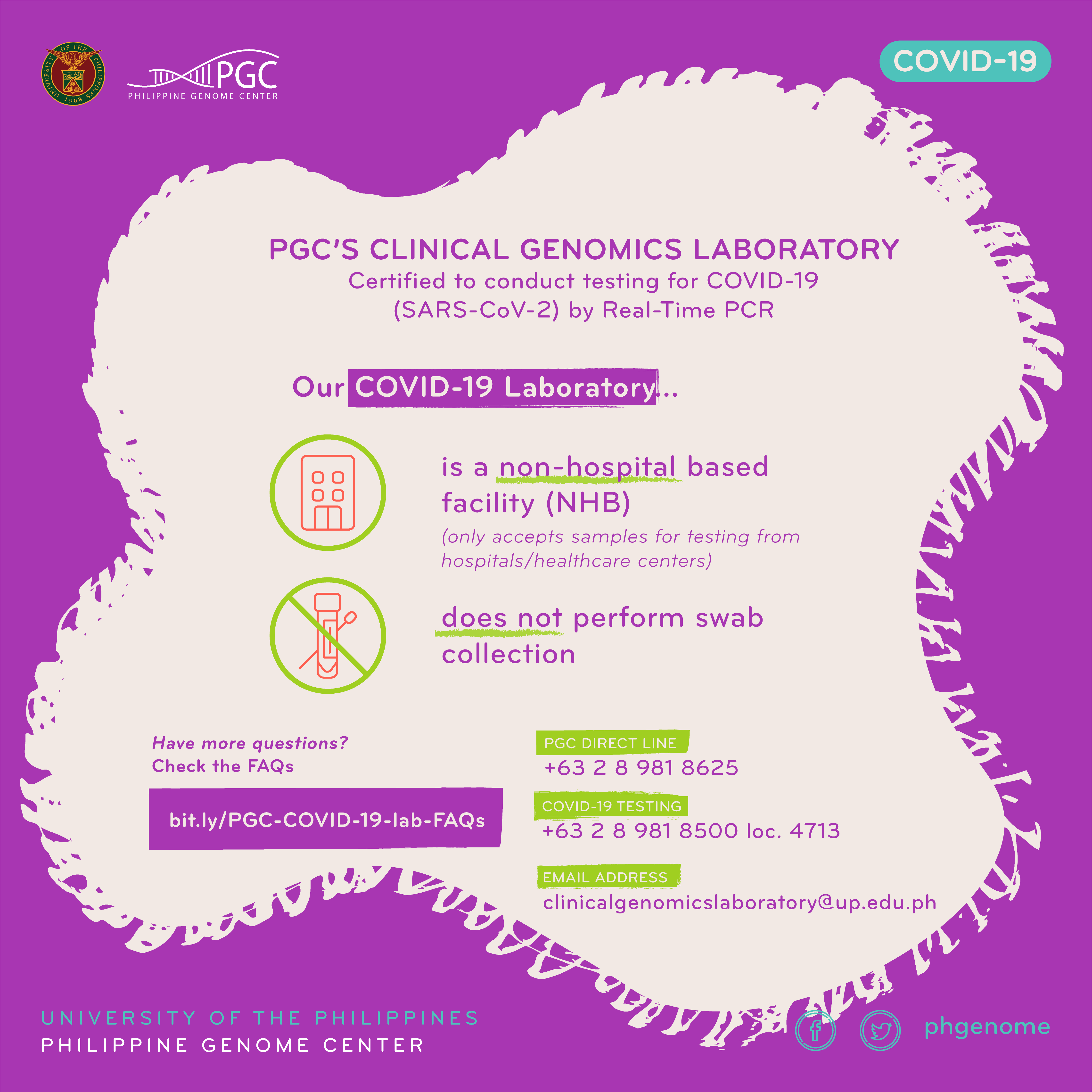
PGC’s COVID-19 Laboratory is a non-hospital based facility (NHB)
PGC’s Clinical Genomics Laboratory certified to conduct testing for COVID-19 (SARS-CoV-2) by Real-Time PCR is a non-hospital based facility (NHB)

Transcriptome Analysis of ‘Philippine Lono Tall’ Coconut (Cocos nucifera L.) Endosperm Reveals Differential Expression of Genes Involved in Oil Biosynthesis
The ‘Philippine Lono Tall’ (PLNT) is a variant of the more common ‘Philippine Laguna Tall’ (LAGT), which produces fruits with soft endosperm and reported higher fat content. To understand patterns of fatty acid (FA) and oil accumulation in LAGT and PLNT fruits, transcriptomes of 6–7 month-old endosperm samples were analyzed by RNA-Seq. Quantitative PCR was performed to analyze the differential expression of selected genes related to oil biosynthesis. Further, oil samples from the PLNT endosperm were analyzed to determine their FA composition across developmental stages.
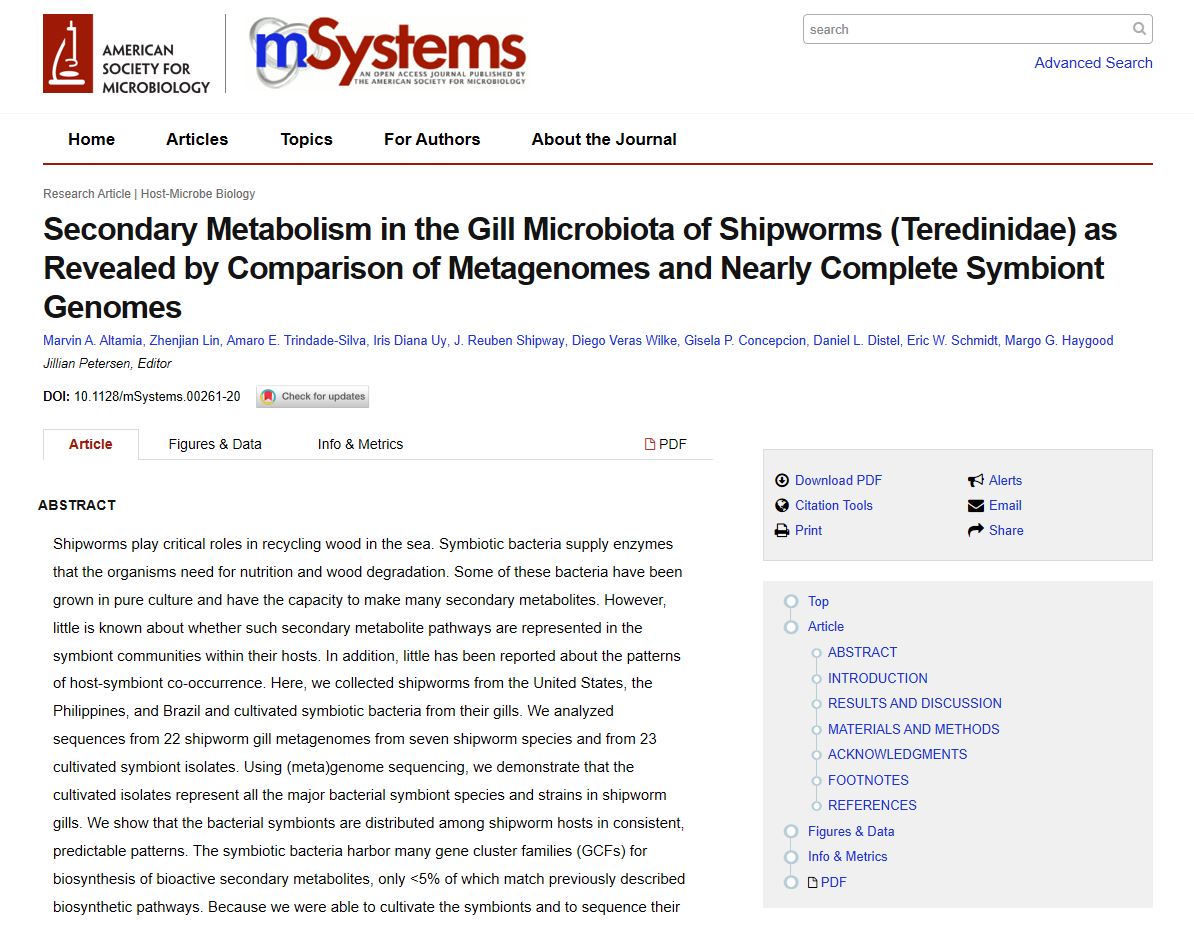
Secondary Metabolism in the Gill Microbiota of Shipworms (Teredinidae) as Revealed by Comparison of Metagenomes and Nearly Complete Symbiont Genomes
Shipworms play critical roles in recycling wood in the sea. Symbiotic bacteria supply enzymes that the organisms need for nutrition and wood degradation. Some of these bacteria have been grown in pure culture and have the capacity to make many secondary metabolites. However, little is known about whether such secondary metabolite pathways are represented in the symbiont communities within their hosts.

COVID-19 Safety Tips & Precautions
PGC shares its COVID-19 laboratory safety tips and precautions through the illustrations below.
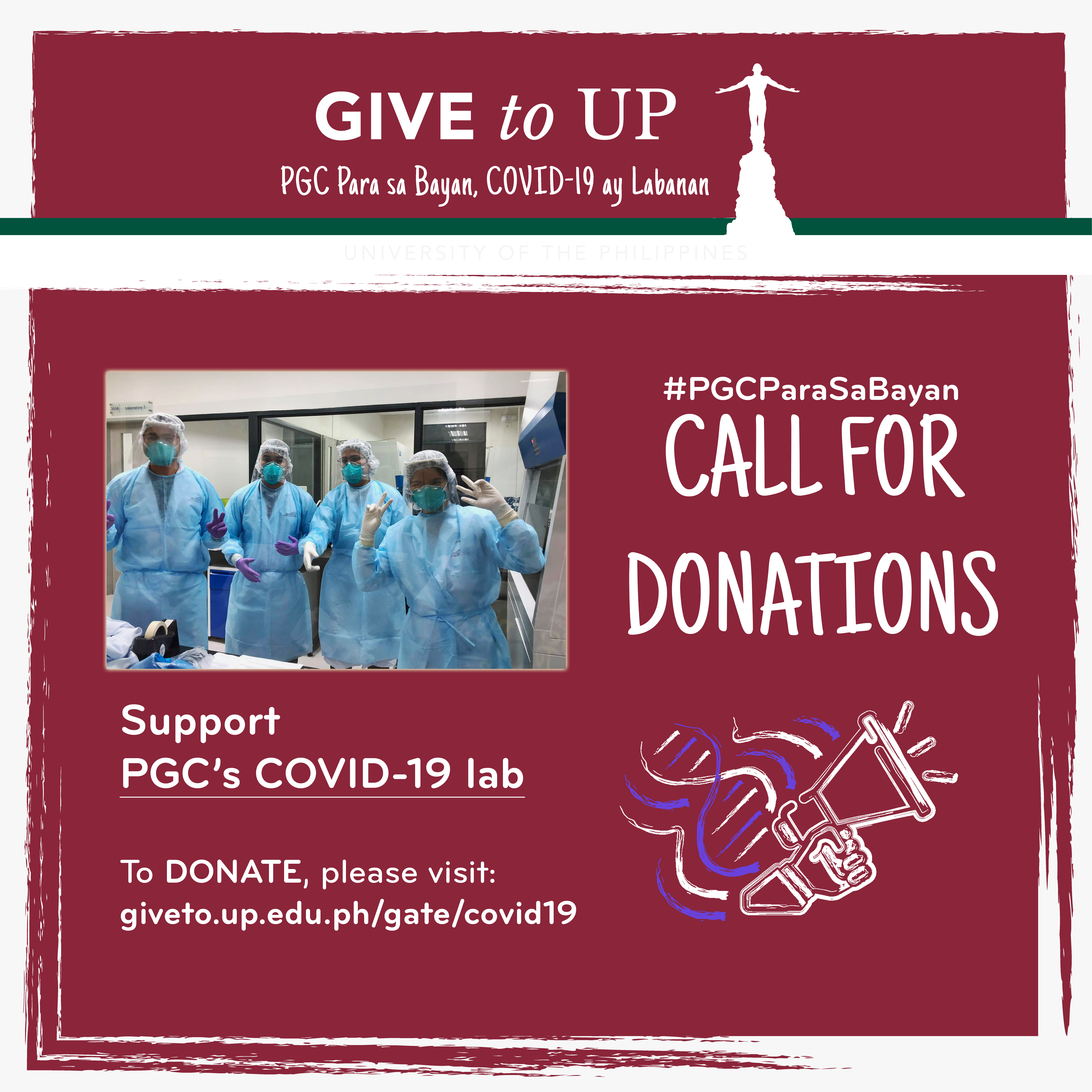
Give to UP hosts #PGCParaSaBayan donation campaign
The Office of the Vice President for Public Affairs Give to UP channel supports the Philippine Genome Center’s call for donations campaign: PGC Para sa Bayan—the call for donations aims to provide support for PGC’s COVID-19 Testing Laboratory (Clinical Genomics Laboratory) and will facilitate the procurement of essential lab supplies, additional equipment, and/or other necessary costs related to testing. The genome center hopes to maintain its operations and continue to increase its capacity as a testing laboratory.

DNA Sequencing Core Facility resumes its services on July 1, 2020
Walk-ins will not be accommodated. Please email the lab and arrange drop-off appointment within the provided schedule and wait for confirmation prior bringing your samples to PGC.

